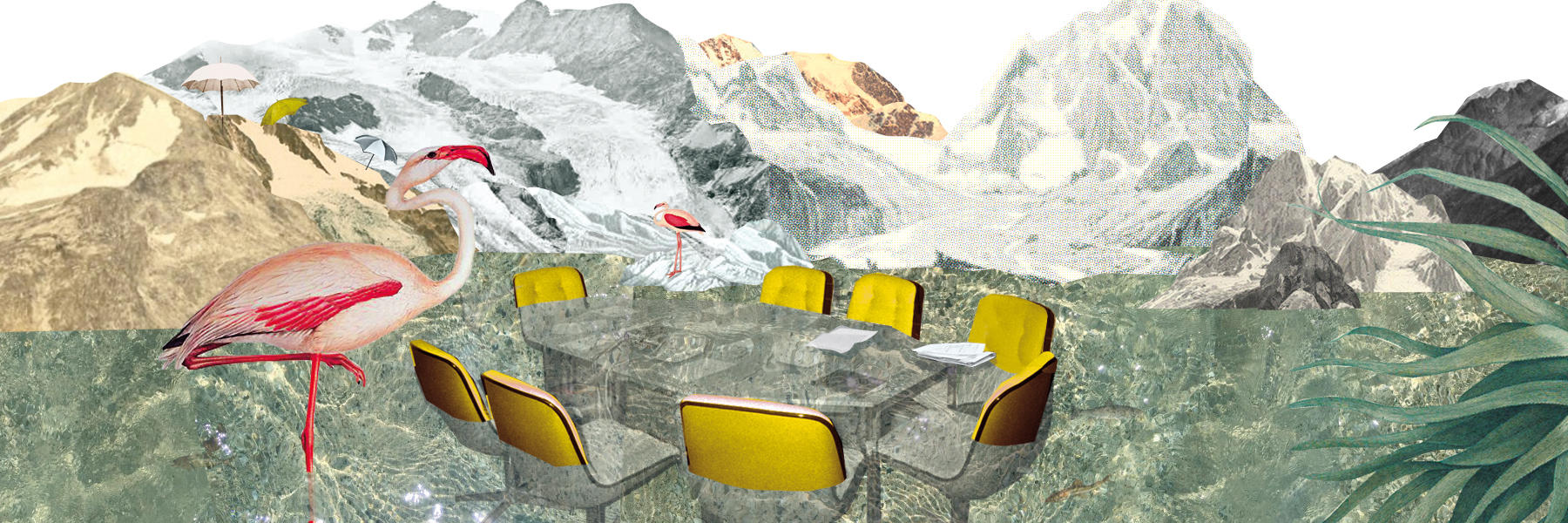
Study finds climate change increases earthquake risk on Mont Blanc

Melting glaciers increase earthquake activity under the Mont Blanc massif, according to a study by Swiss researchers. It is the first time that a solid link between climate change and local earthquake risk has been proven.
+Get the most important news from Switzerland in your inbox
The evidence comes from the Grandes Jorasses mountain range, which is part of the Mont Blanc massif. The Swiss Seismological Service (SED) announced on Wednesday that only isolated earthquakes have been recorded below the Grandes Jorasses so far. However, a clearly pronounced and persistent earthquake sequence has been active there since autumn 2015.
Overall, the earthquake risk has been ten times higher since 2015 than before, the researchers wrote. It is striking that the earthquakes follow a clear seasonal pattern and occur particularly frequently in autumn. In the cold season from autumn to spring, the short-term earthquake risk, i.e. the risk of an earthquake of magnitude 3 or greater occurring in the next 24 hours, has increased up to 10,000-fold since 2015.
Heatwaves and glacier retreat
Researchers from the SED at the Swiss Federal Technology Institute ETH Zurich, the Bureau de Recherches Géologiques et Minières (BRGM) in Montpellier, France and the Institut des Sciences de la Terre (Isterre) in Grenoble have investigated this phenomenon in their new study. The result: climate change is to blame.

More
Why melting glaciers affect us all
Heatwaves in these regions cause the permafrost to thaw and accelerate the melting of glaciers. As a result, rockfalls are increasing. This changes the pathways through which the meltwater seeps away – which influences the pore water pressure down to deep rock formations and changes the stress conditions underground.
According to the Earthquake Service, these processes are reflected in increased earthquake activity in regions where no earthquakes have been observed to date.
Translated from German by DeepL/jdp
We select the most relevant news for an international audience and use automatic translation tools to translate them into English. A journalist then reviews the translation for clarity and accuracy before publication.
Providing you with automatically translated news gives us the time to write more in-depth articles. The news stories we select have been written and carefully fact-checked by an external editorial team from news agencies such as Bloomberg or Keystone.
If you have any questions about how we work, write to us at english@swissinfo.ch

In compliance with the JTI standards
More: SWI swissinfo.ch certified by the Journalism Trust Initiative































You can find an overview of ongoing debates with our journalists here . Please join us!
If you want to start a conversation about a topic raised in this article or want to report factual errors, email us at english@swissinfo.ch.